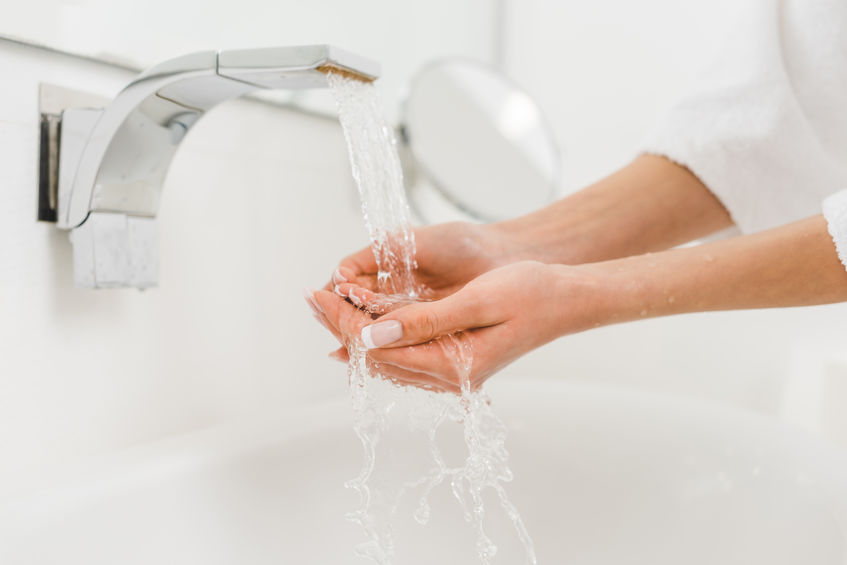
Let’s be honest; we all love having a clean, spick-and-span environment. In fact, this reason is why we continually clean our homes to help take pride in our properties and to reduce the spread of bacteria and germs. Yet, cleaning your home is a generic term we often misuse. In fact, you will find that cleaning, sanitizing, and disinfecting all have distinct definitions. For instance, the level of cleanliness differs. How clean a dish is after washing it with soap and water is very different from how clean a scalpel is before a surgeon performs surgery. To further explain, here are the differences between cleaning, sanitizing, and disinfecting:
Cleaning
To clean something is to remove any visible dirt or debris physically. We do this all the time in our homes, from washing dishes, vacuuming, sweeping, and dusting. Additionally, cleaning will also facilitate the use of water and detergent, sometimes like wiping down your countertops with soap and water. However, water and soap do not kill germs. Adding water to the cleaning process is more or less to dilute the number of germs on a given surface.
Sanitizing
To be more thorough, the method will be sanitizing. This process kills 99.99% of germs and bacteria that can be health hazards. It is more used for things that may enter our bodies, such as food. You can sanitize an area or surface with strong chemicals, as well as extreme heats reaching over 170 degrees Fahrenheit. Hence why dishwashers use intense heat to help reduce the number of unwanted fungi and bacteria.
Disinfecting
Lastly, disinfecting is the most thorough of the processes. Disinfecting something kills the germs, fungi, and bacteria completely. This process is done with powerful chemicals, UV-C germicidal short wavelengths, ultraviolet lights, and other machinery. This process is not typically done in our homes. It is a process used for hospitals prior to surgeries.
Knowing these three methods can help you prioritize them. Try to clean your home and remove visible debris and dirt frequently. It is a great habit to achieve daily. For instance, you can sanitize your home during the weekends or, when needed, in high-bacteria areas or food prep areas. Lastly, you will only try to disinfect your home if you know sickness is afoot in your home. Go the extra steps when you have someone extremely sick to help prevent the spread.
